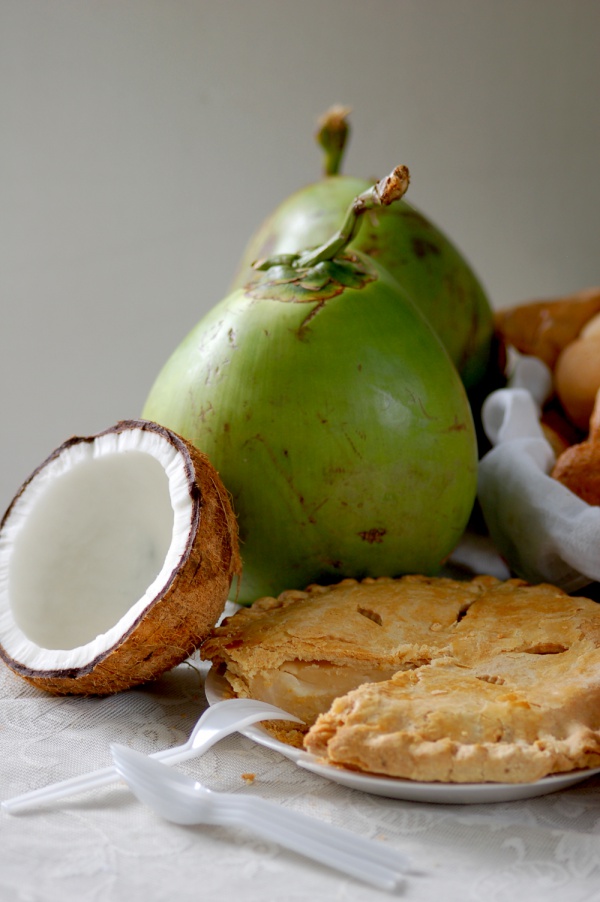Facts About Buko pie
Buko pie, also known as coconut pie, is a cherished Filipino dessert originating from Los Baños, Laguna. This delectable treat features a baked young-coconut custard pie made with buko meat and sweetened condensed milk, giving it a rich, dense texture. A popular variation called macapuno pie uses a special type of coconut known as macapuno. Thanks to advancements in blast freezing technology, buko pie can now be enjoyed worldwide and is a favorite pasalubong, or homecoming gift, for visitors to the Philippines.
The story of buko pie begins with the Pahud sisters from Laguna. In an effort to recreate American apple pies, they opted to use buko instead of apples. Their bakery, Orient Buko Pie Bakeshop, became famous for its buko pies and other delicious variations like apple buko pie and pineapple pie.
Nutritionally, buko pie is quite rich. It is high in calories, fat, carbohydrates, and proteins, and also provides essential nutrients such as calcium, iron, niacin, and folate. The process of making buko pie involves a double baking method: first, the pie crust and filling are prepared separately, and then they are combined and baked again.
Buko pie is often compared to other coconut-based desserts, such as the Dutch-Indonesian klappertaart and South African klappertert, which have different ingredients and preparation methods. It also bears resemblance to the coconut cream pie popular in the Southern United States, though buko pie boasts a higher coconut-to-custard ratio and lacks nutmeg or vanilla flavorings.
